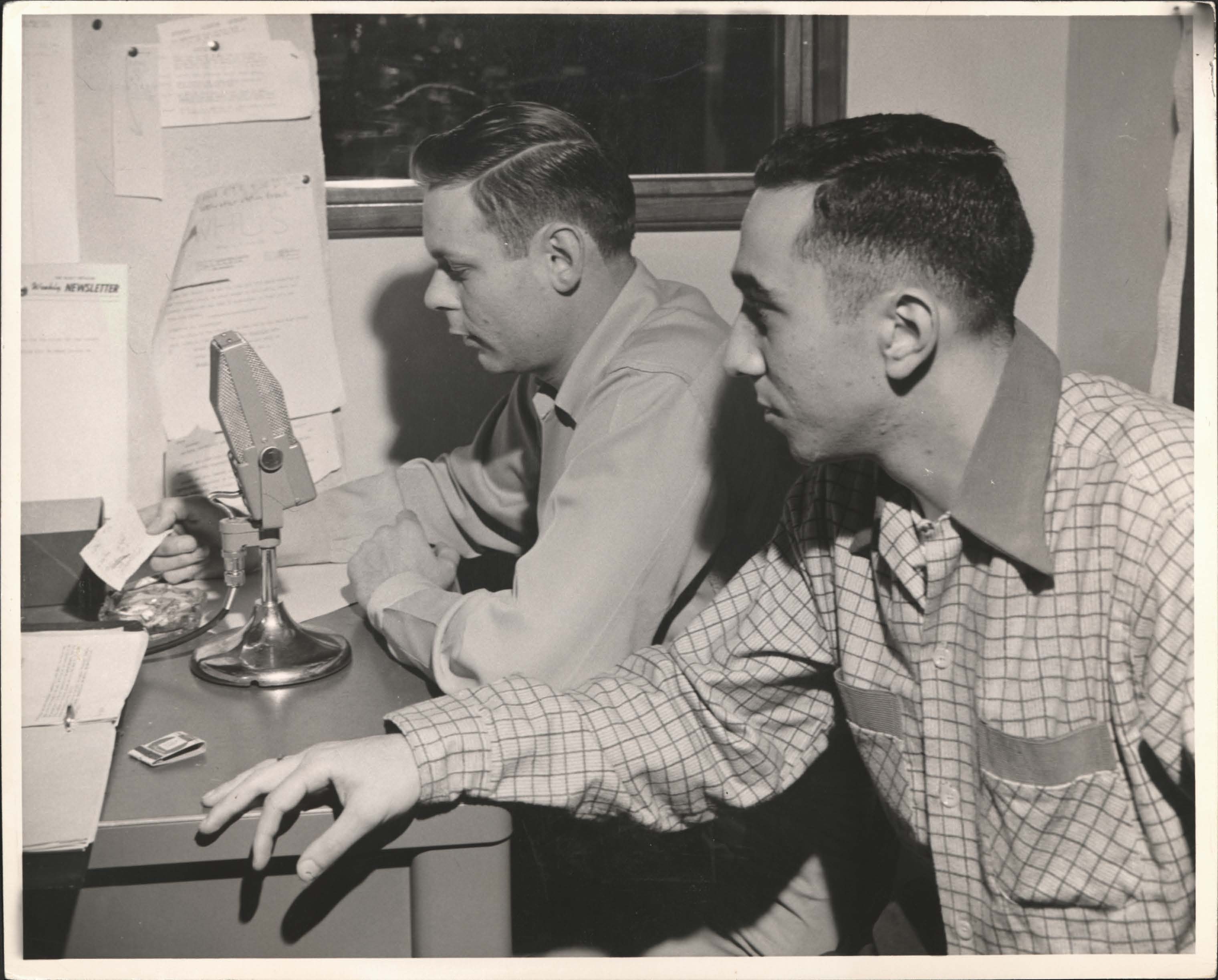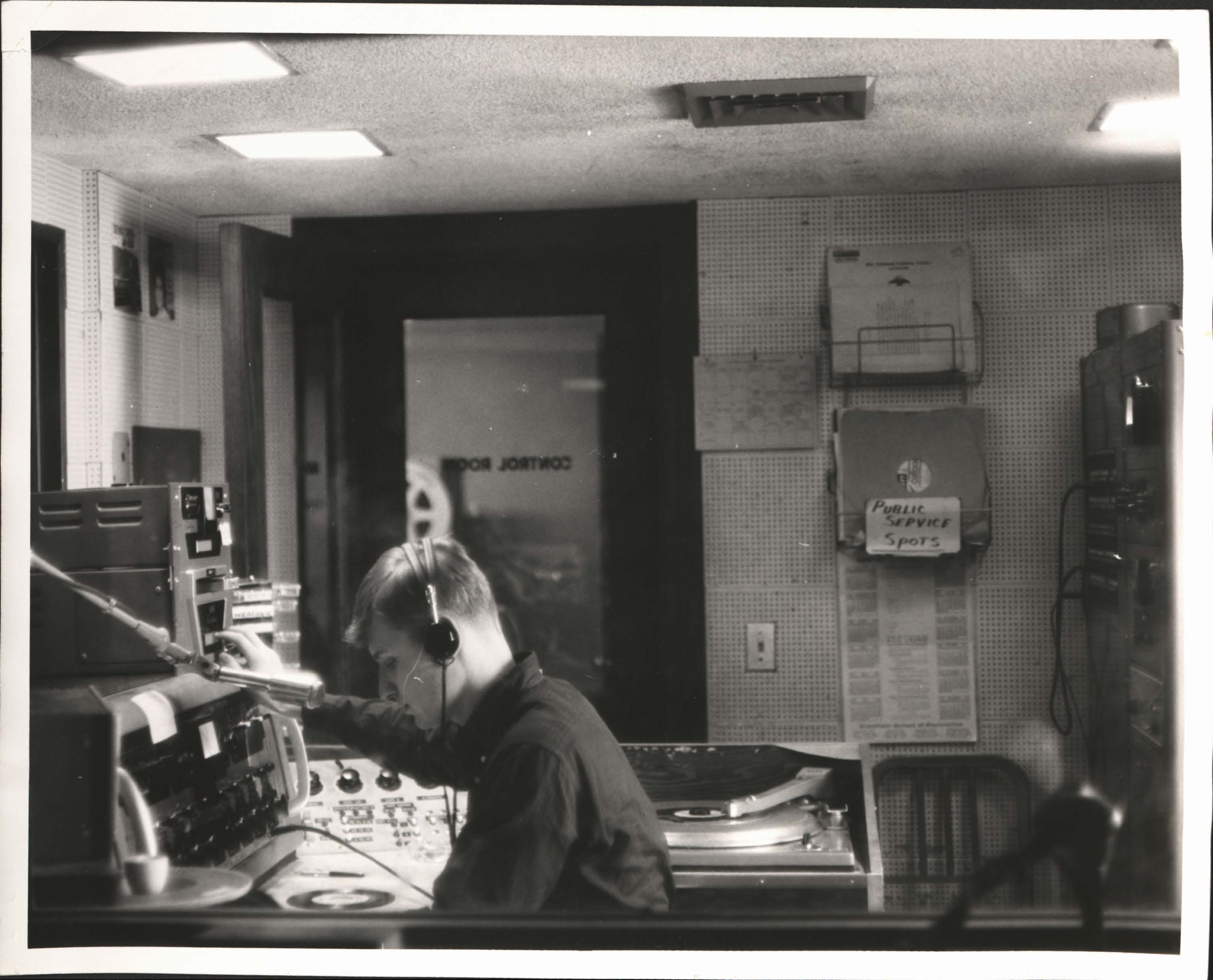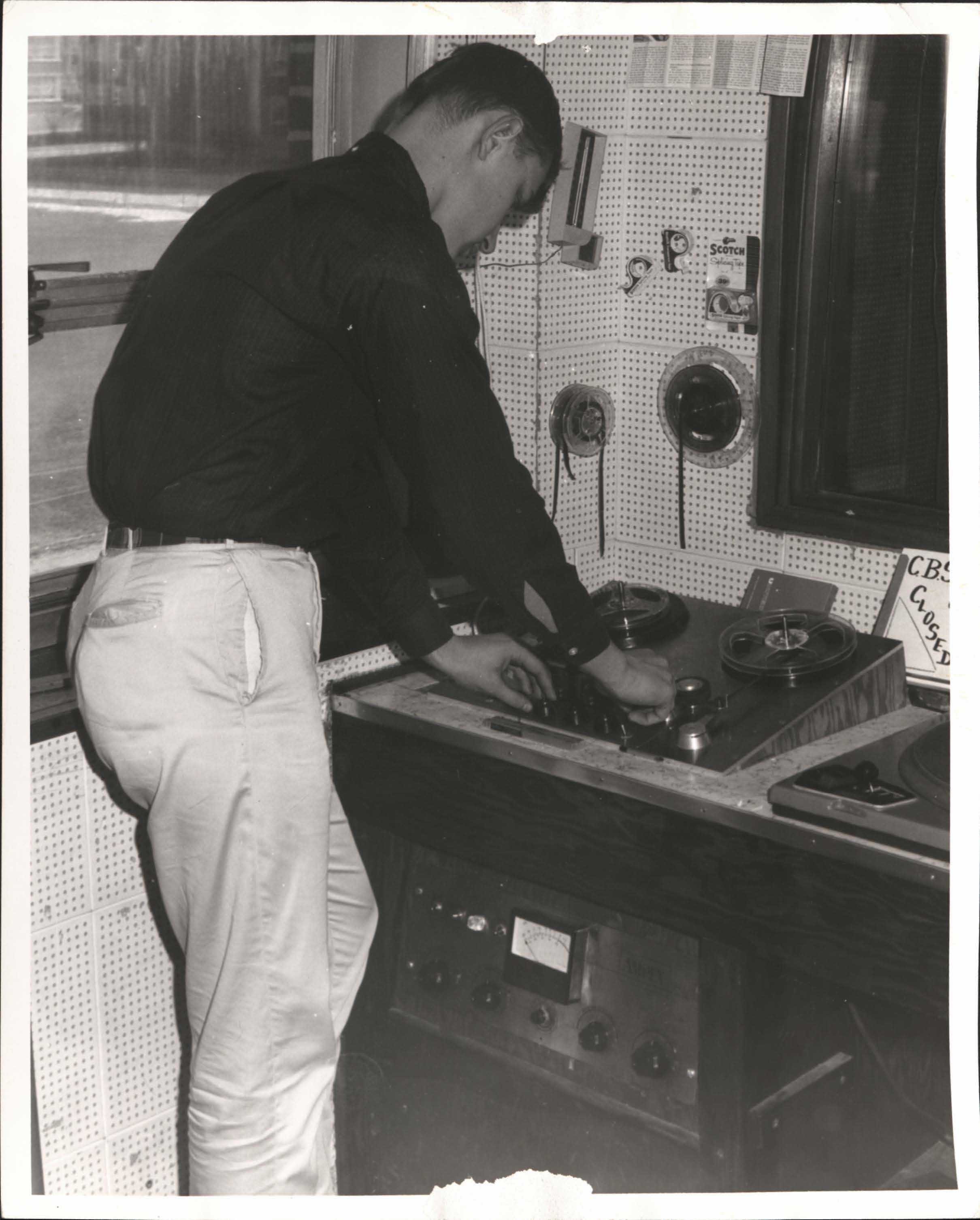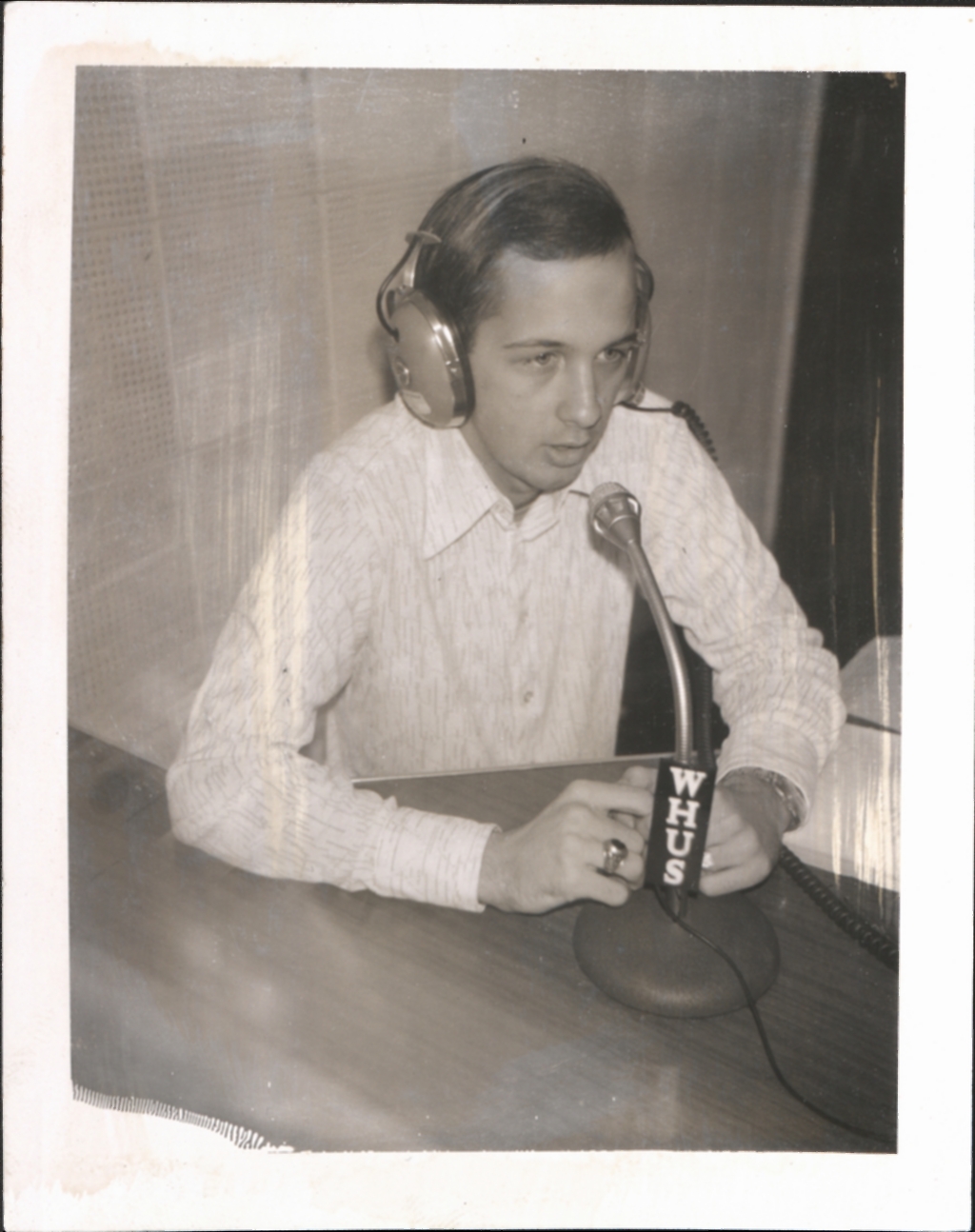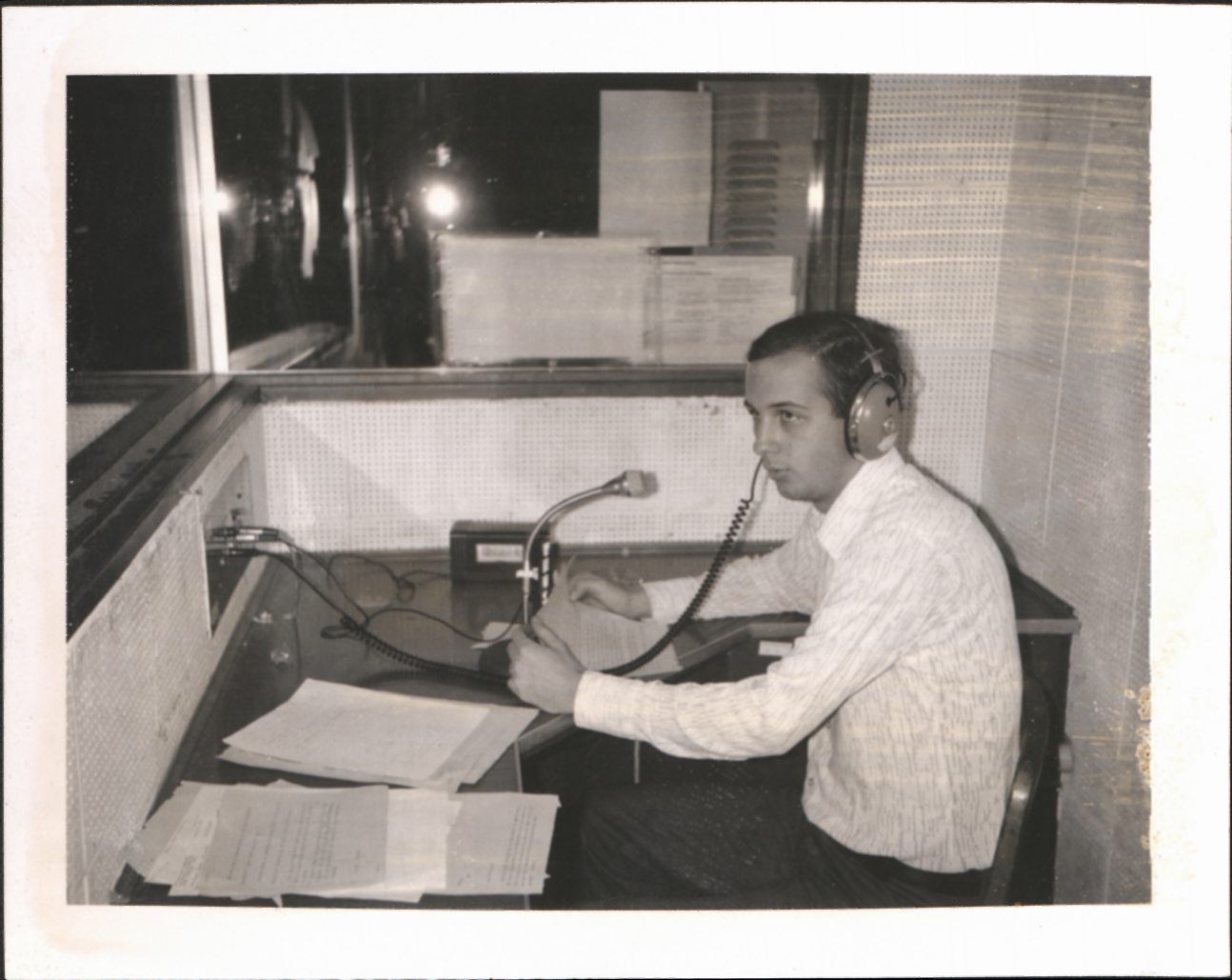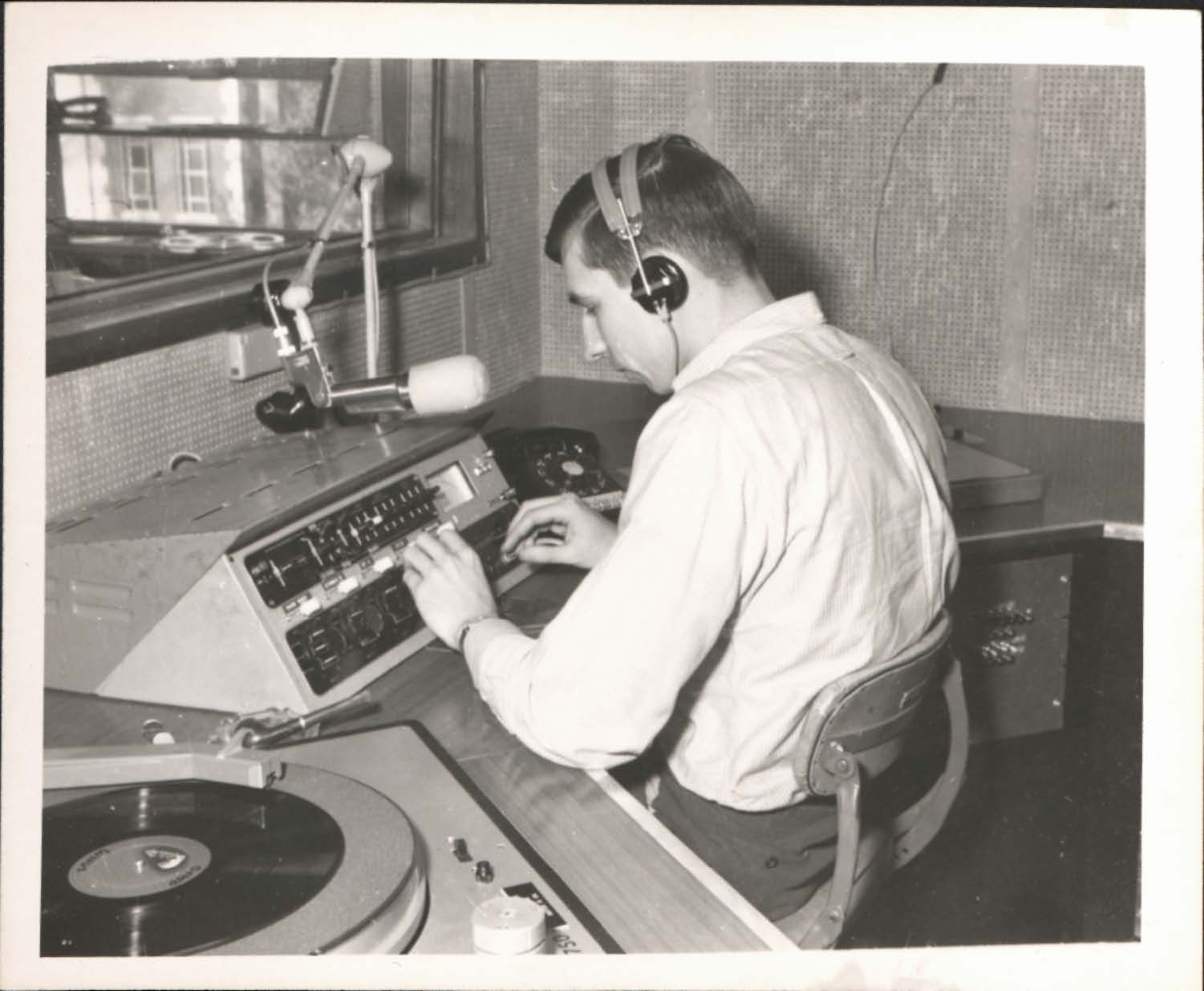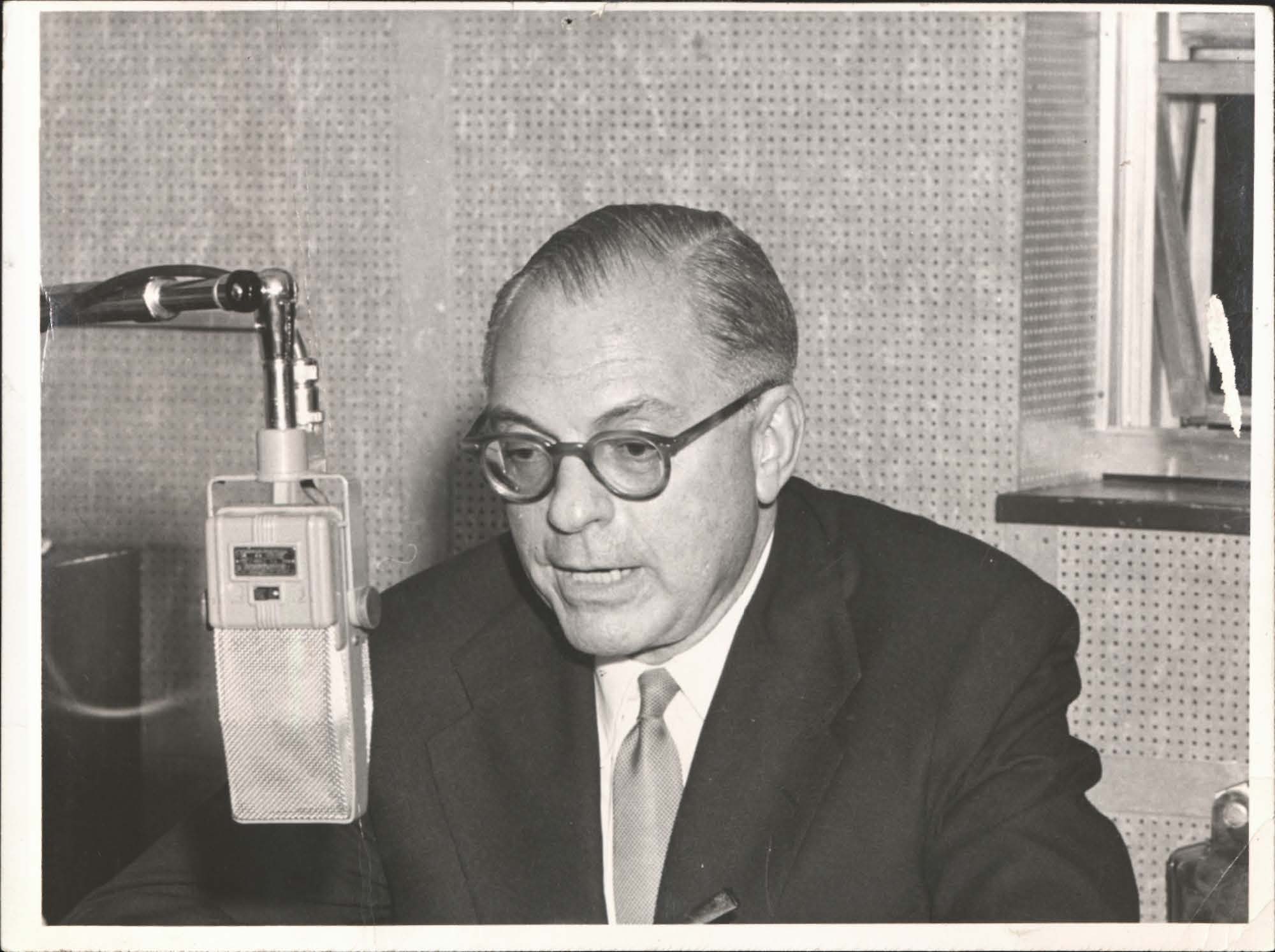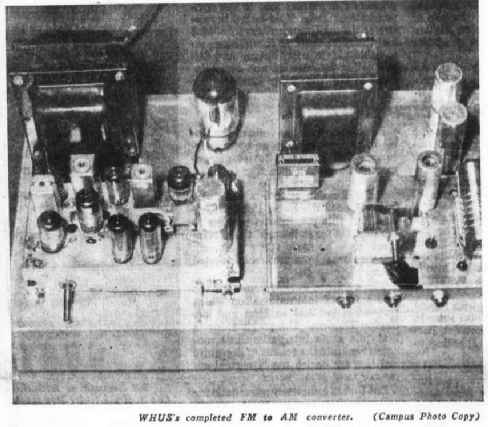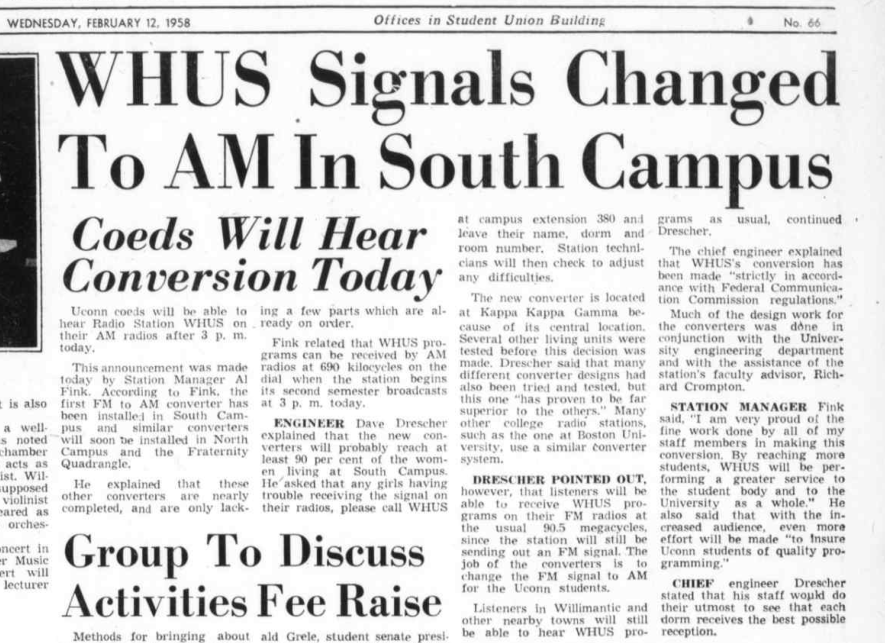Disclaimer: WHUS wants to thank John Babina, Robert Neagle, and Russ Ginns for preserving so much of WHUS’s history, especially for the 1960s. Rob has several excellent websites dedicated to WHUS’s history.
Expansion to FM
1955: WHUS must go offline due to difficulties with complying with FCC signal strength requirements.
1956: The Student Senate deliberates over bringing WHUS back as an FM station. Station Manager Jack Riley explains that there are three options.
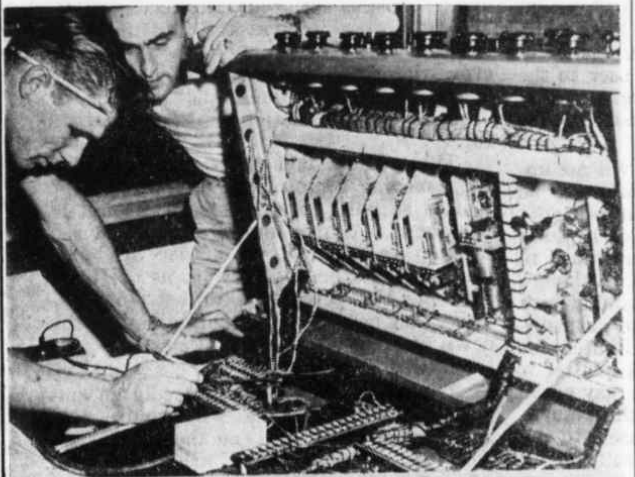
Going commercial had slim chances of working at the time since competition for frequencies is ultra-competitive. Carrier current requires using light and power lines and is too expensive. Educational FM was our last and best option, he said.
After a few delays, and the transferred control of WHUS’s license from the Senate to the Board of Trustees, we officially got our noncommercial FM station license to broadcast on 90.5 mHz on December 9, 1957. We had a tiny 10 watt transmitter.
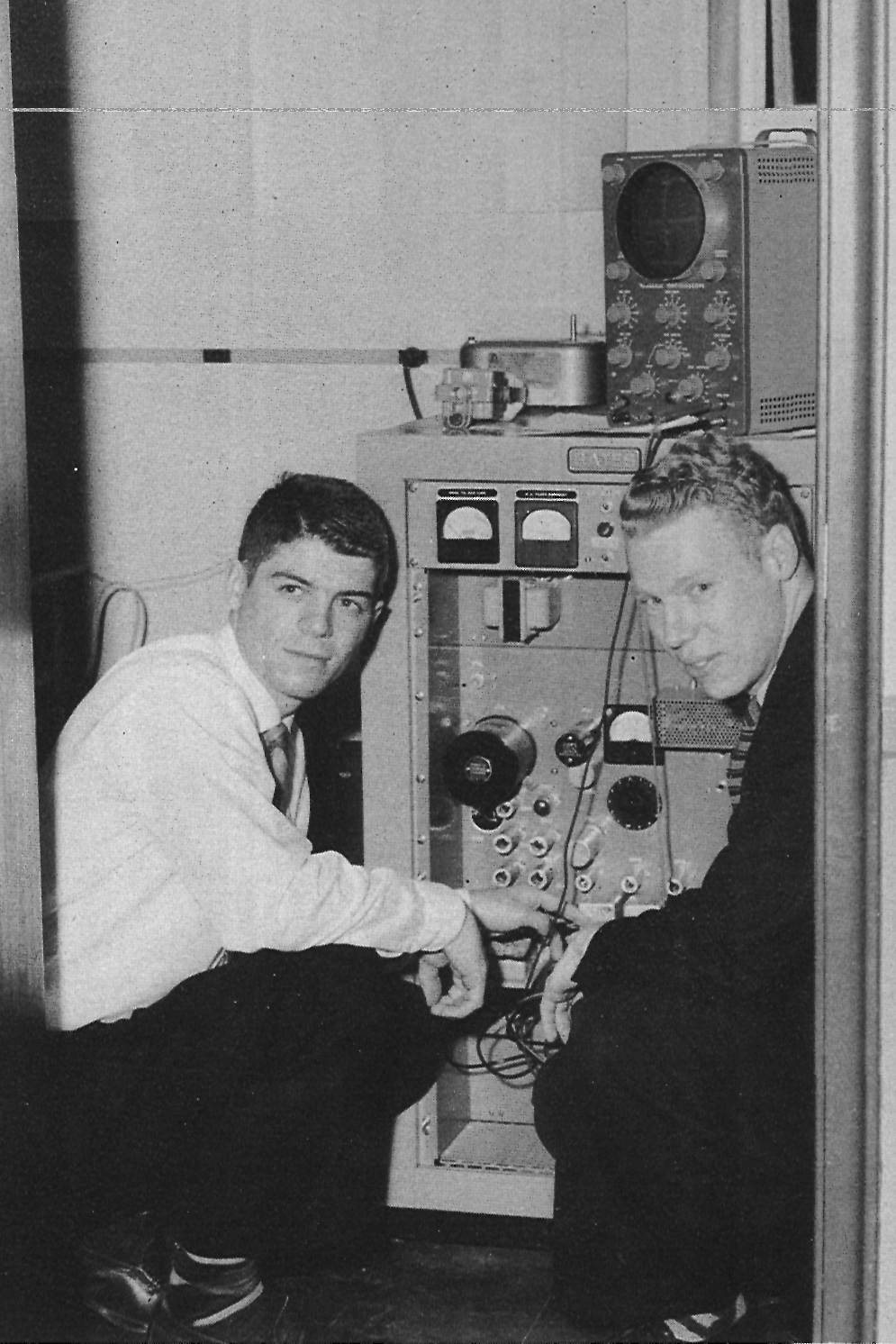
John Babina, a DJ who was here from 1962 to 1967 called the preceding era the Golden Age. It’s not hard to see why. The seeds were planted in this decade in our name, 24/7 broadcasting, and more.
While we were broadcasting on FM in the late 1950s, we were also creating programming for our closed-circuit AM station on 690 kHz. Closed circuit is when you broadcast to specific receivers via existing power lines.
What does this look like? Our FM signal can reach farther than our AM signal, but a lot of students still owned AM radios. Our AM signal was so weak that we had to first install FM to AM converters (pictured left) around campus to convert the FM signal to AM.

We then had to place a transmitter in every dorm’s basement for students in that dorm to hear the radio. Pictures below are not captioned due to lack of information.
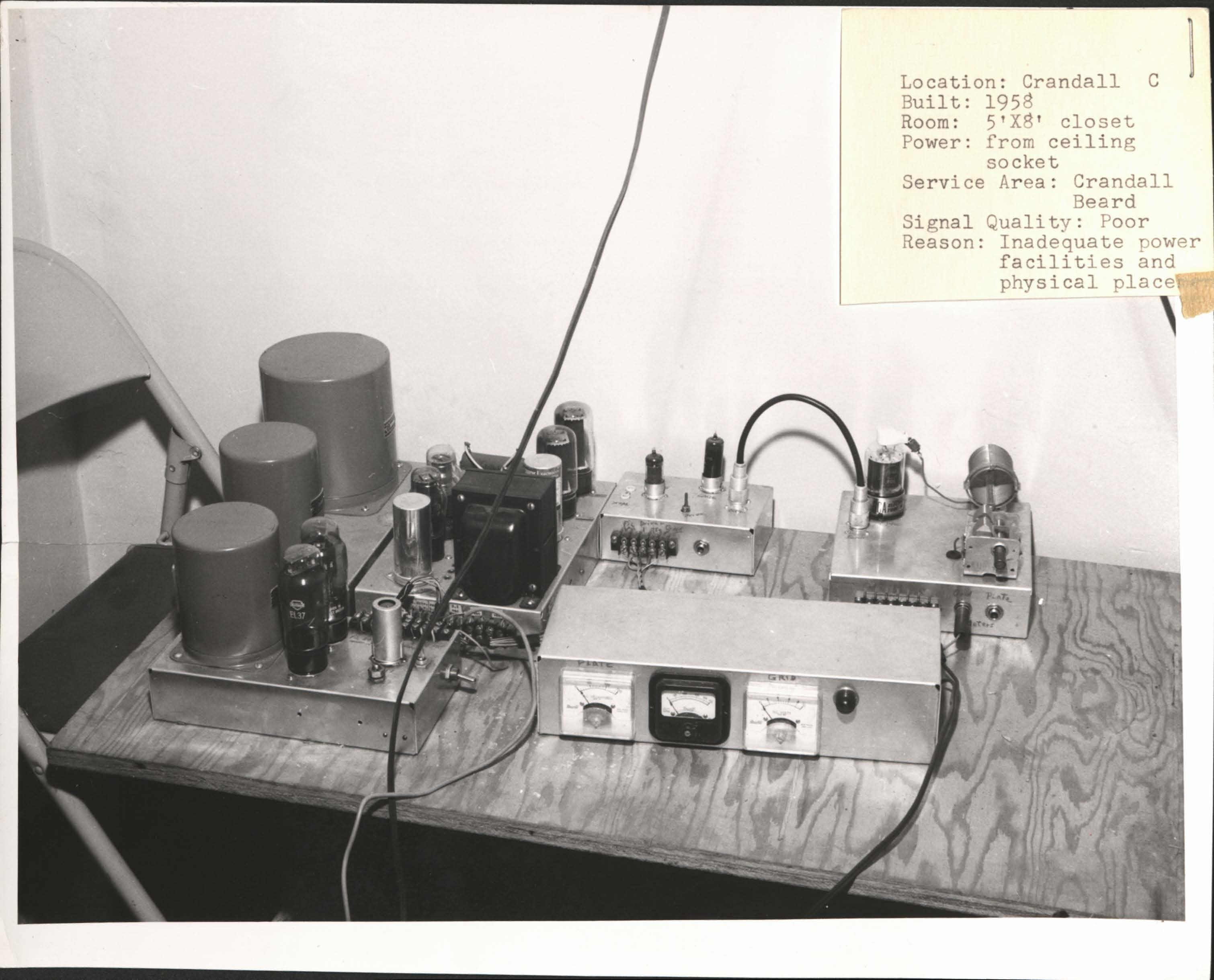
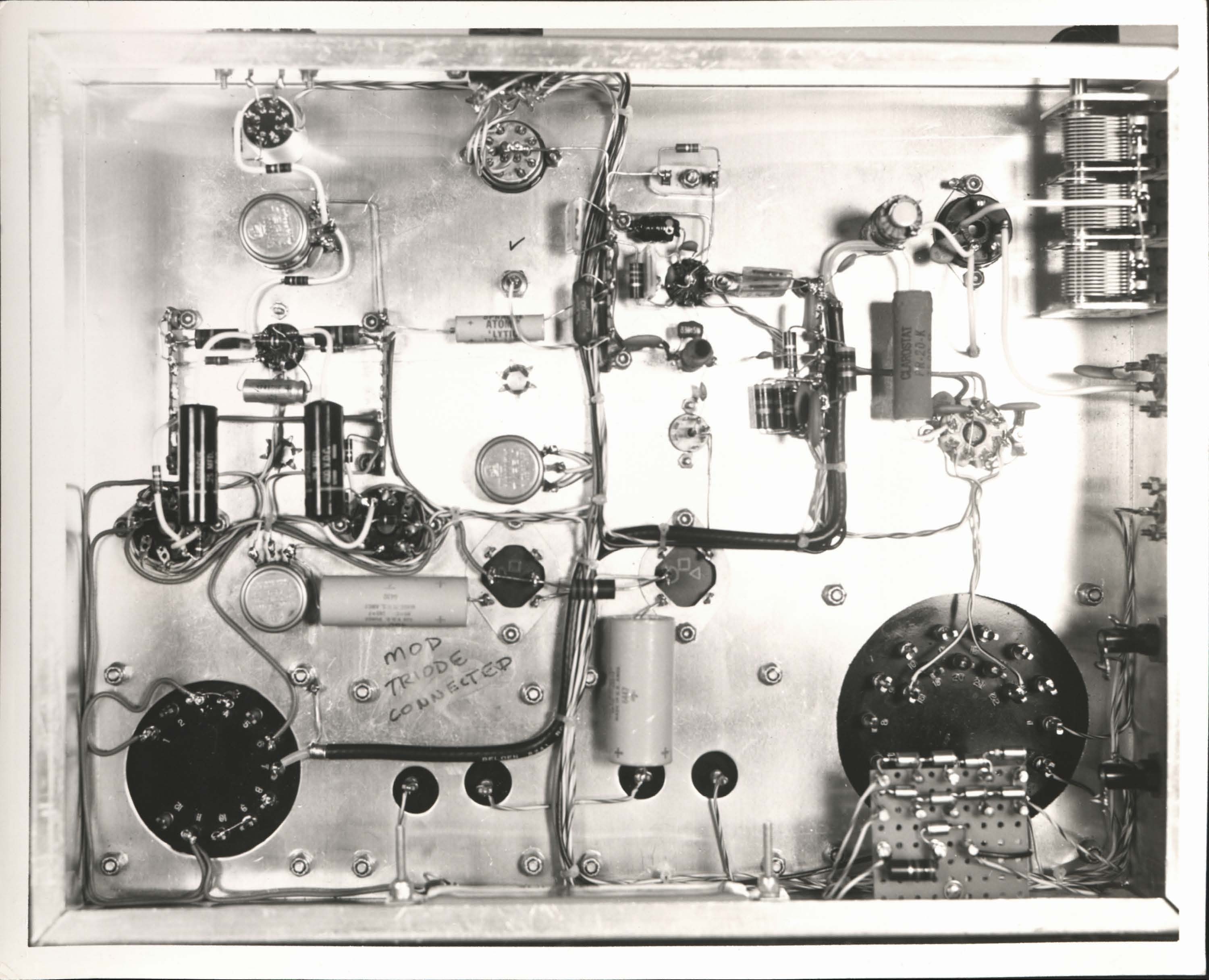


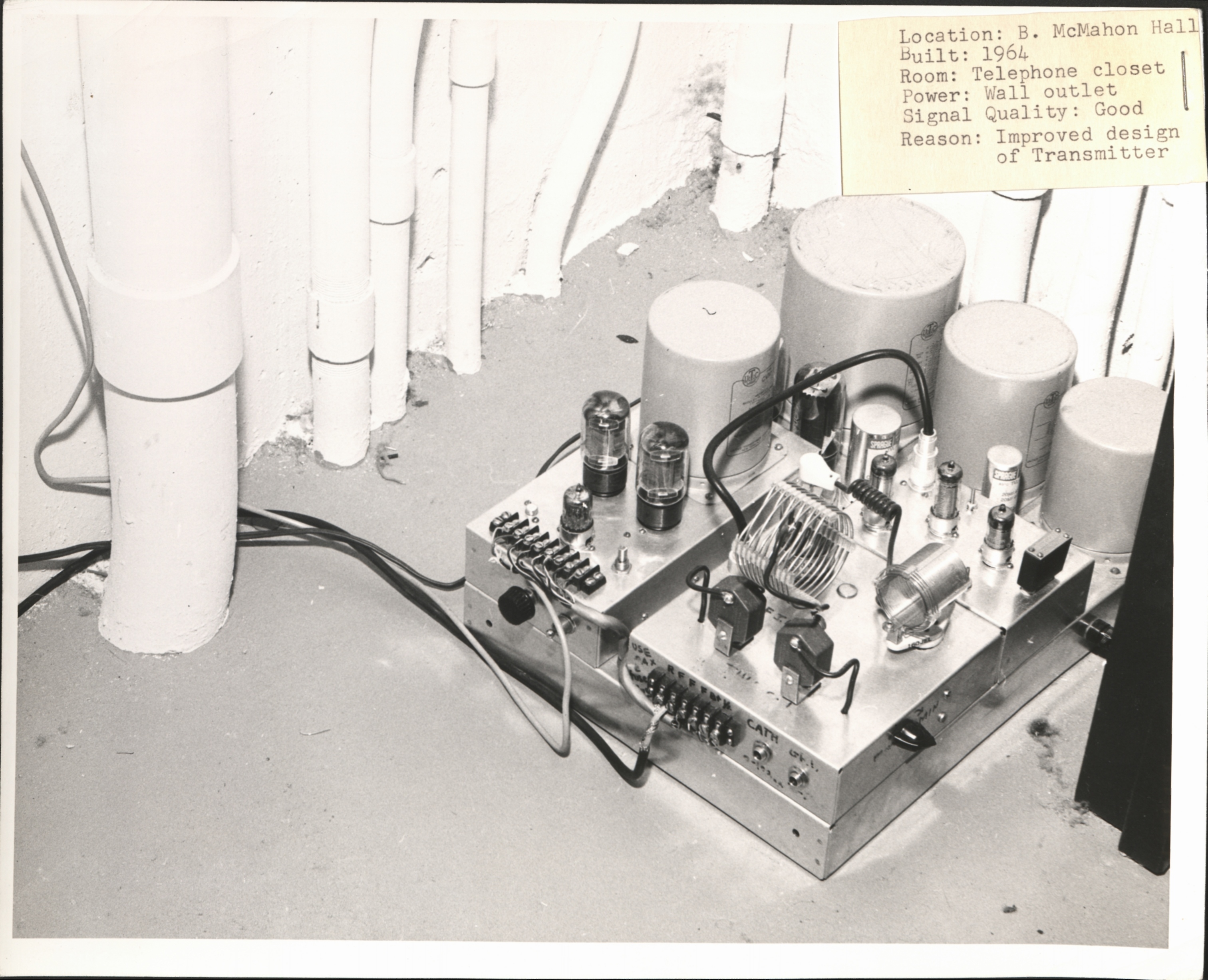
More pictures of technology at the time can be viewed below
1950s Technology
And it wasn’t instant. Throughout 1959 and beyond, we slowly expand until every dorm on campus can hear WHUS on AM and FM. We also switched from 690 kHz to 670 kHz at one point.

More images of WHUS in 1959



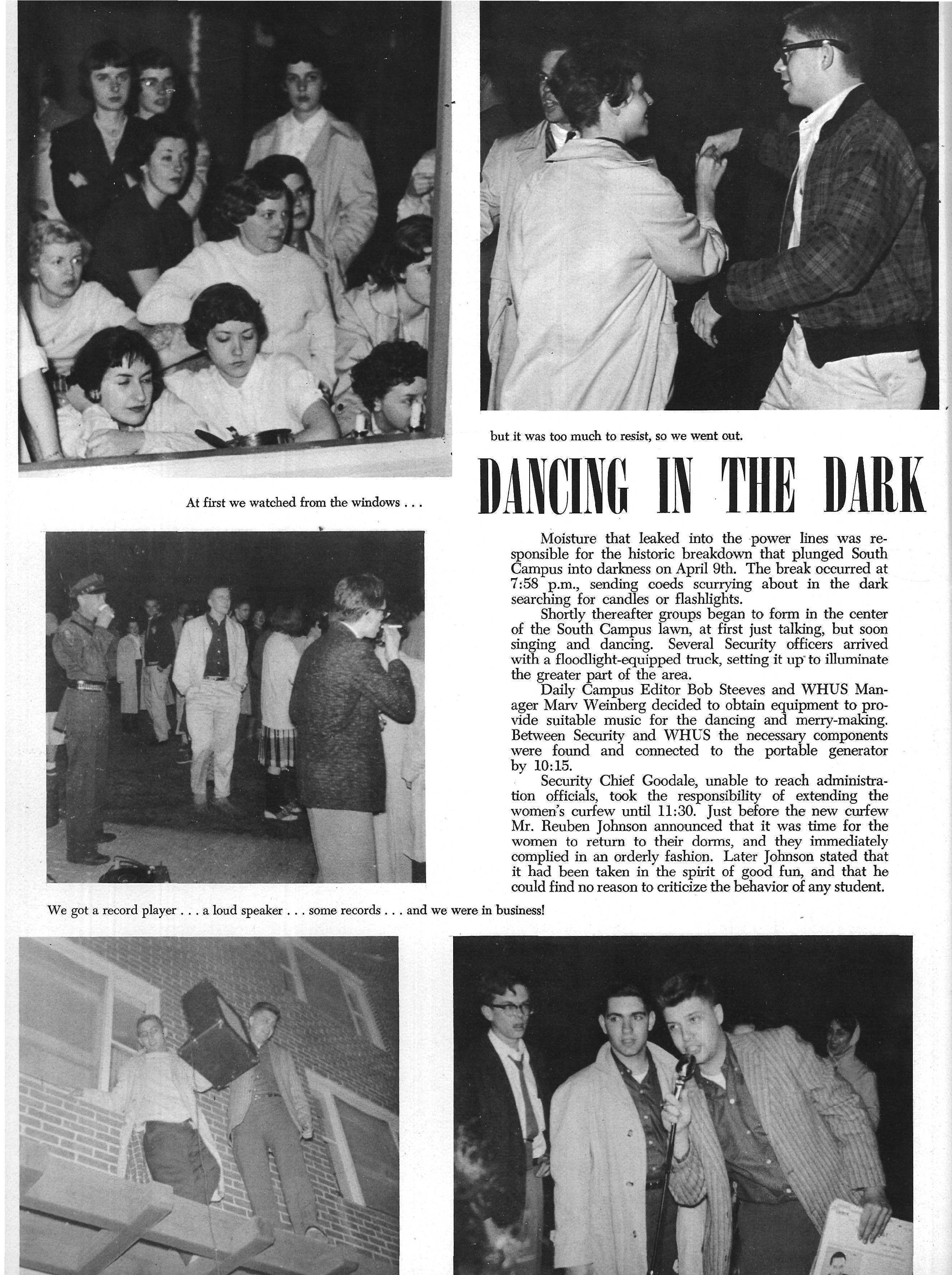
Station Growth ft. Jeff Tellis, Carol Petito and CMFCL
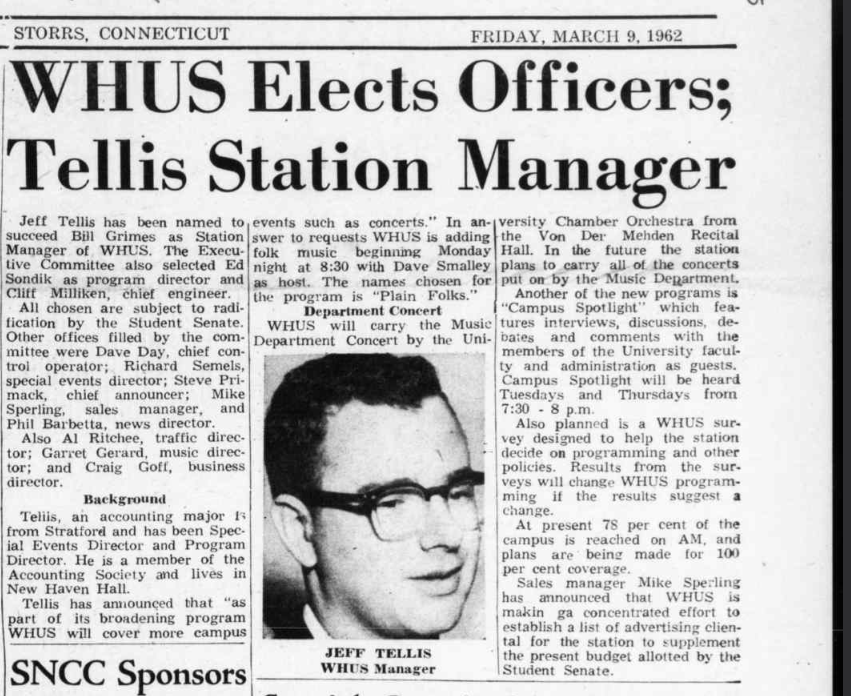
1962: Jeff Tellis, the man responsible for 24/7 broadcasting at the station and so much more, is hired as the Station Manager for the 1962 to 1963 school year. He had already been the Special Events Director and Program Director. His other plans included carrying out concerts put on by the Music Department and the long-running “Campus Spotlight,” which puts a spotlight on university faculty.

1963: We’re still on a tight schedule for FM and AM. A lot of FM content is rebroadcast on our AM station. Tellis starts to work on a system that can keep us going all night.
The system is called CMFCL, or Continuous Music for Continuous Listening. It uses big tape recorders with 16-inch wheels and all the operators must do is press a single button to activate the tape system. It automatically takes over. This was the start of 24 hour-a-day broadcasting.
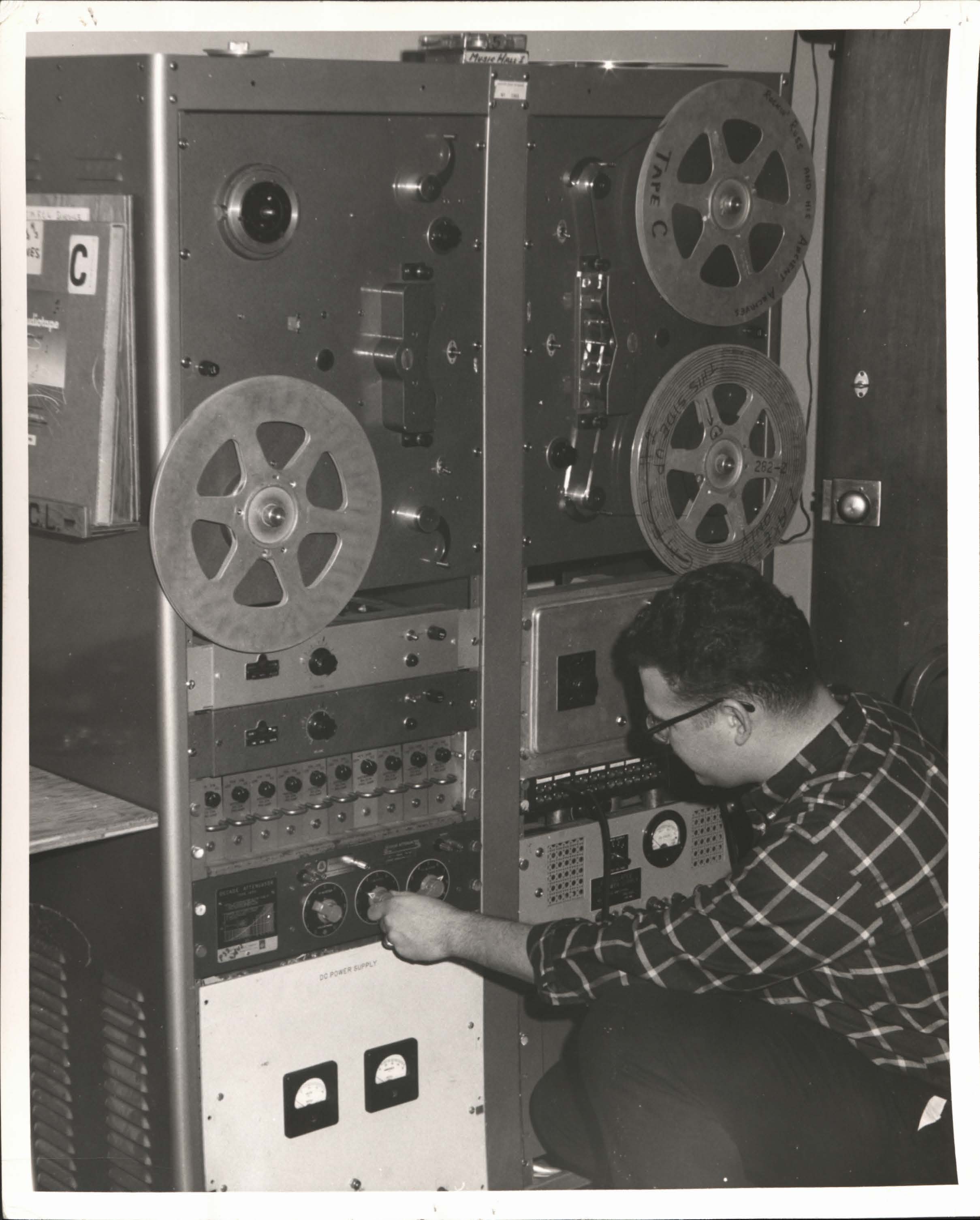
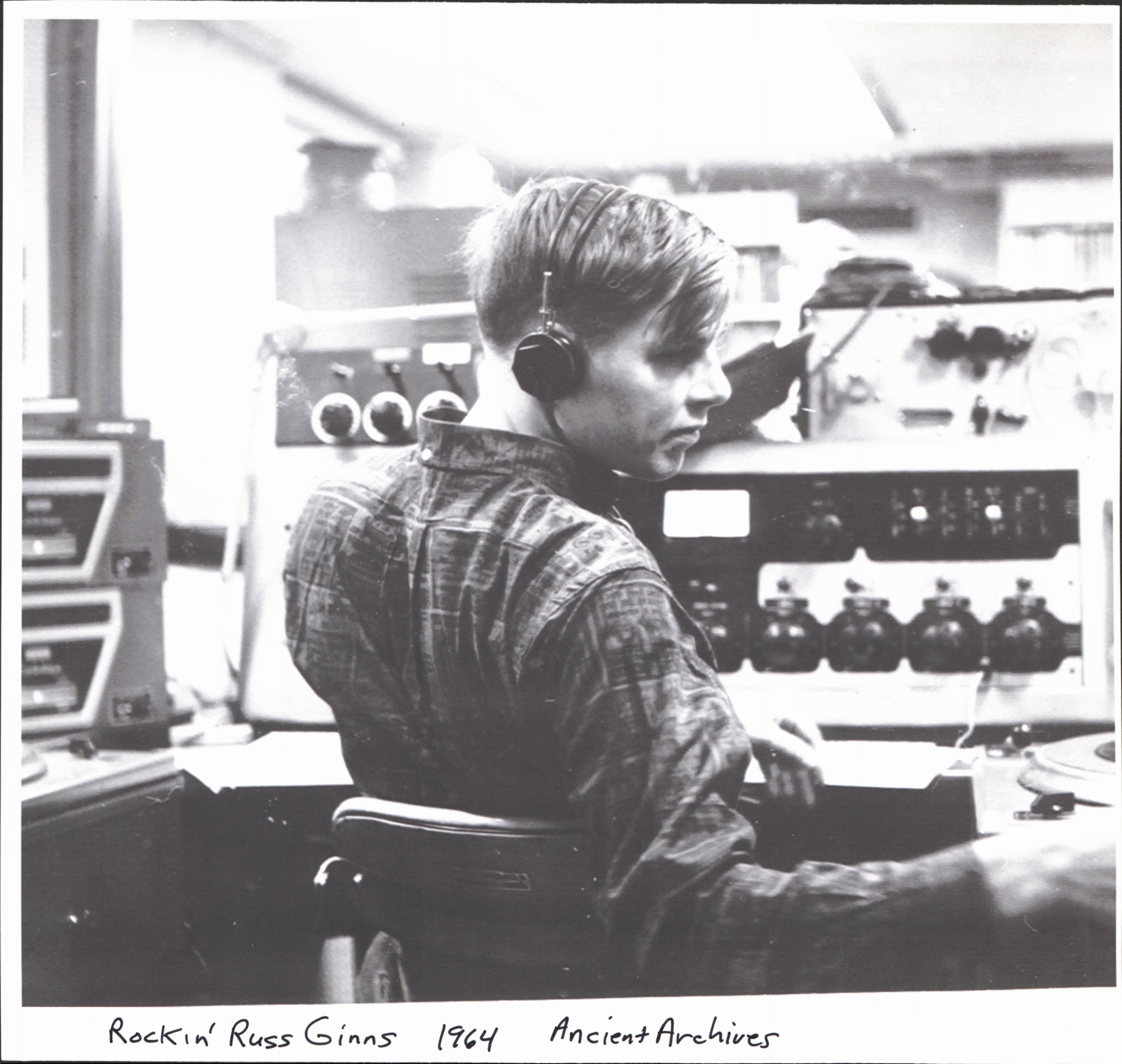
In 1961 and 1962, a tightly knit group of WHUS DJs who have preserved its history and kept strong bonds throughout the decades joined the station. One of those people is Carol Petito.
Carol Petito, a pharmacy major, was appointed station manager in the academic year of 1964 to 1965. Petito was the first female station manager at WHUS, but more importantly, she was the first female station manager in the state.
She had already been the Program Director and the Administrative Director. Her show “Relax” was hosted three times a week. Petito also co-hosted a show with Georgia Nikola named “Concert in the Afternoon.”
At a time when women at the station were either relegated to administrative roles such as the Director, the Music Librarian, or script writers in the earlier days, having a woman lead WHUS was extraordinary. It also preceded the creation of the Women’s Radio Collective at WHUS by ten years.
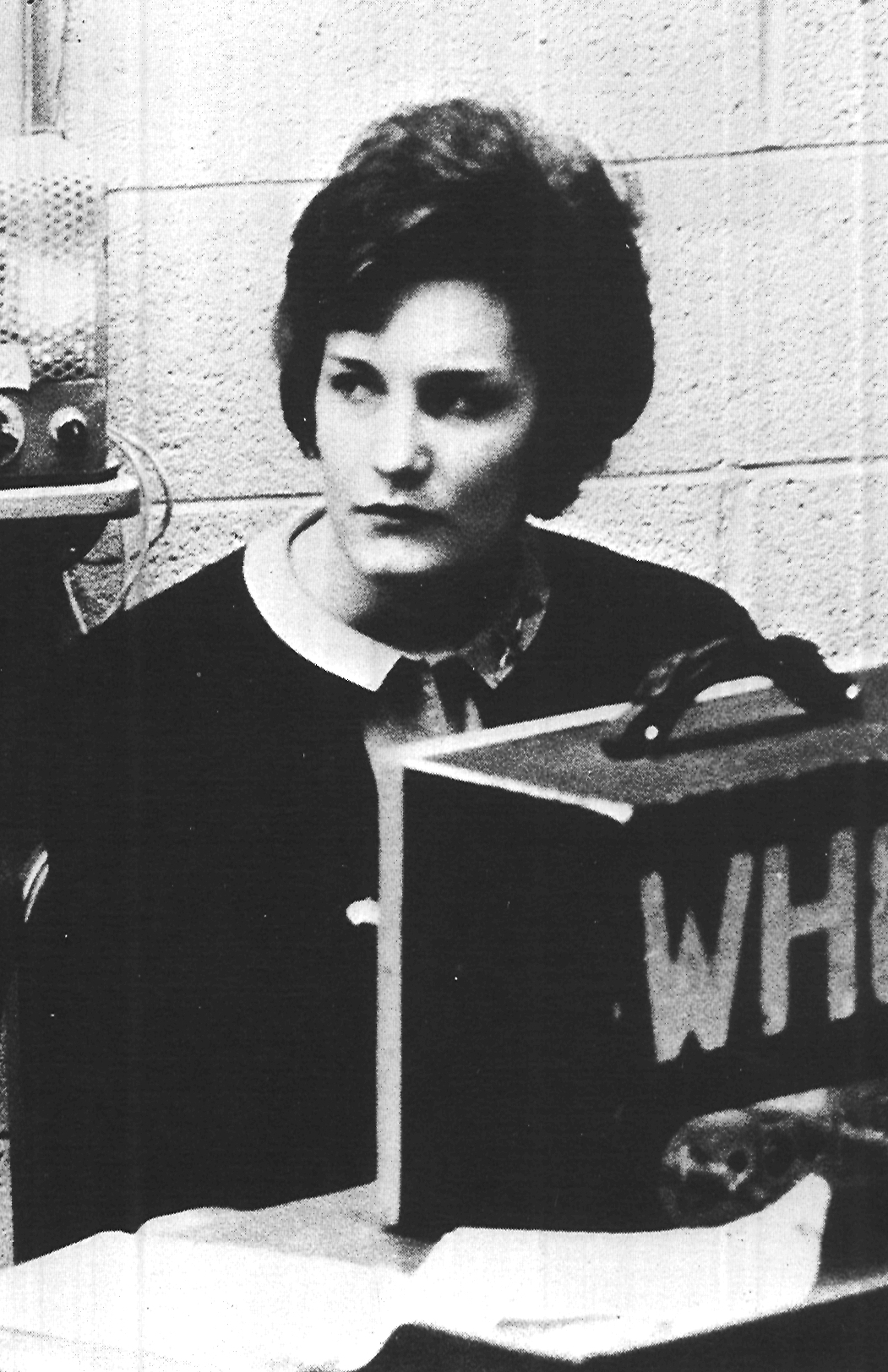


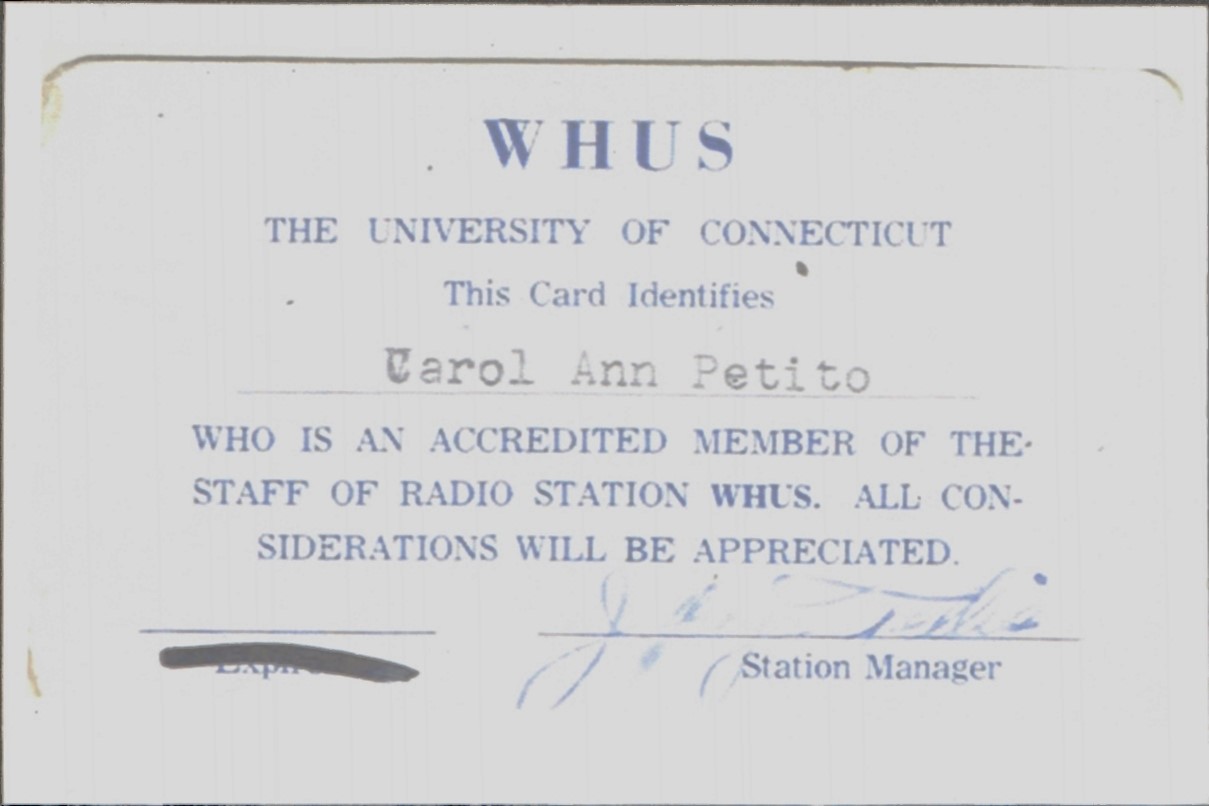
After graduating in 1967, Carol Petito, presently Carol Babina, would marry fellow DJ John Babina. And they would assist other stations with upgrading their power to avoid being outregulated by the FCC. More on that below if you want to read it.
Collapse if you want to learn more about how college radio clashed with the FCC in the late 1960s.
The other main fight during the 1960s era was when low-power stations were pitted against bigger commercial stations. The FM radio landscape was undergoing transformative changes, and an increasing number of institution and radios were switching to FM broadcasting. It helped that it sounded better and was less susceptible to interference. The increase in FM broadcasting led to a crowded spectrum, and the FCC stepped in.
Out comes Docket 14185. It refers to an FCC ruling that focused on reorganizing the FM spectrum, focusing on classifying stations by power and coverage area. Higher-powered stations would enjoy wider coverage and greater protection from interference. Educational FM channels, often operating with lower power – like WHUS at 10 watts – were implied to be an inefficient use of the FM frequencies. This wouldn’t kick us off the air, but would allow bigger stations like NPR to bulldoze college stations out of the way. WHUS officially prevented this by upgrading from 10 watts to 1,250 watts in 1967.
Thank you to John and Carol Babina for the research.
Below is the Docket 14185 PDF if you would like to read it.
Docket 14185 – “Revision of FM Broadcast Rules, Particularly as to Allotment and Technical Standards”
1967: The FCC approves an FM upgrade from 10 watts to 1,250 watts AND we begin broadcasting on 91.7 FM.
The upgrade saved us.

The upgrade came with a new FM transmitter and a 210-foot antenna, which was perched on a North Campus hilltop. The expected coverage radius was 50 miles. And off we sail into the 1970s!
WHUS Registration and Other FCC Documents
Faces, Voices, Broadcasts, and More
1961 Footage of WHUS during the Campus Community Carnival
I’m finally done with the tech explanations for this page! People are what made us who we are today. See and listen to some of them below.
The archive is still in its preliminary stages. More DJs and media will be added to profiles as time goes on.
Audio
Russ Ginns, better known as “Rockin’ Russ,” had an Oldies and R&B show called the Ancient Archives in the 1960s.
Pictures
